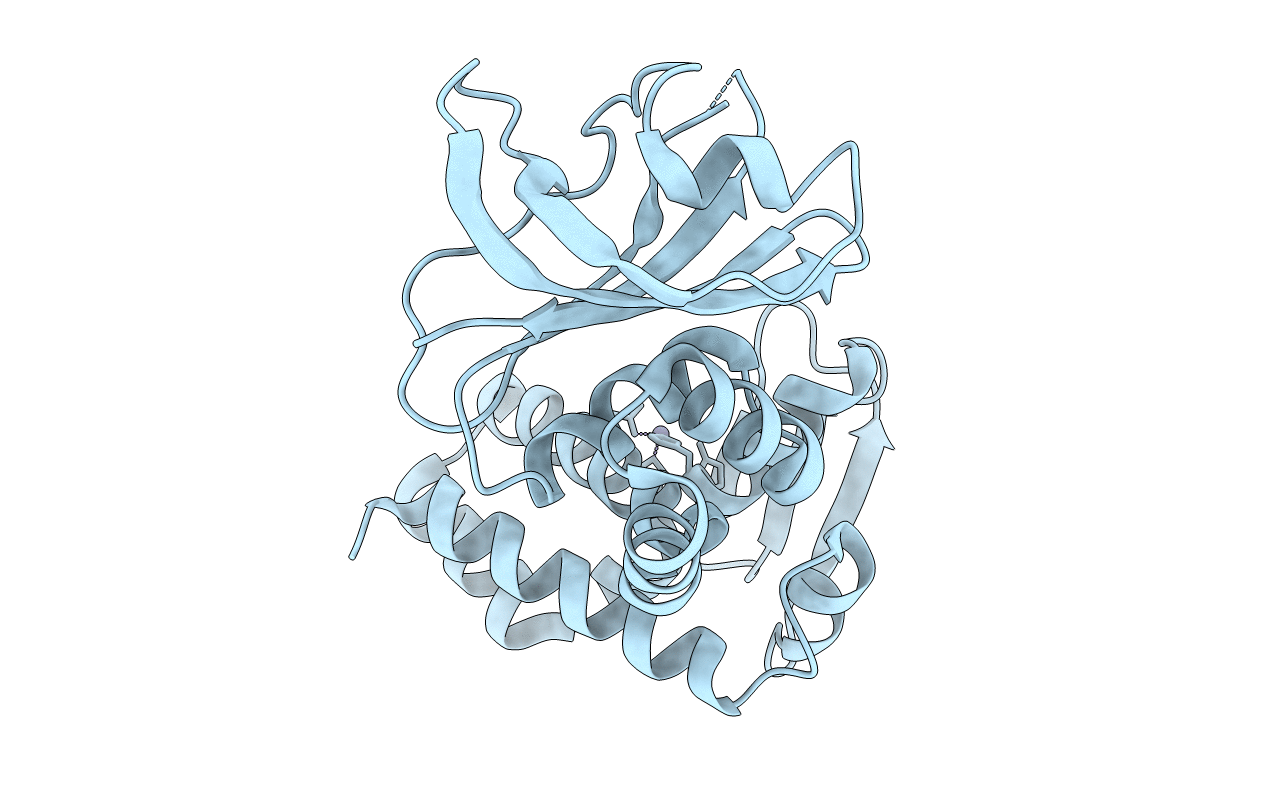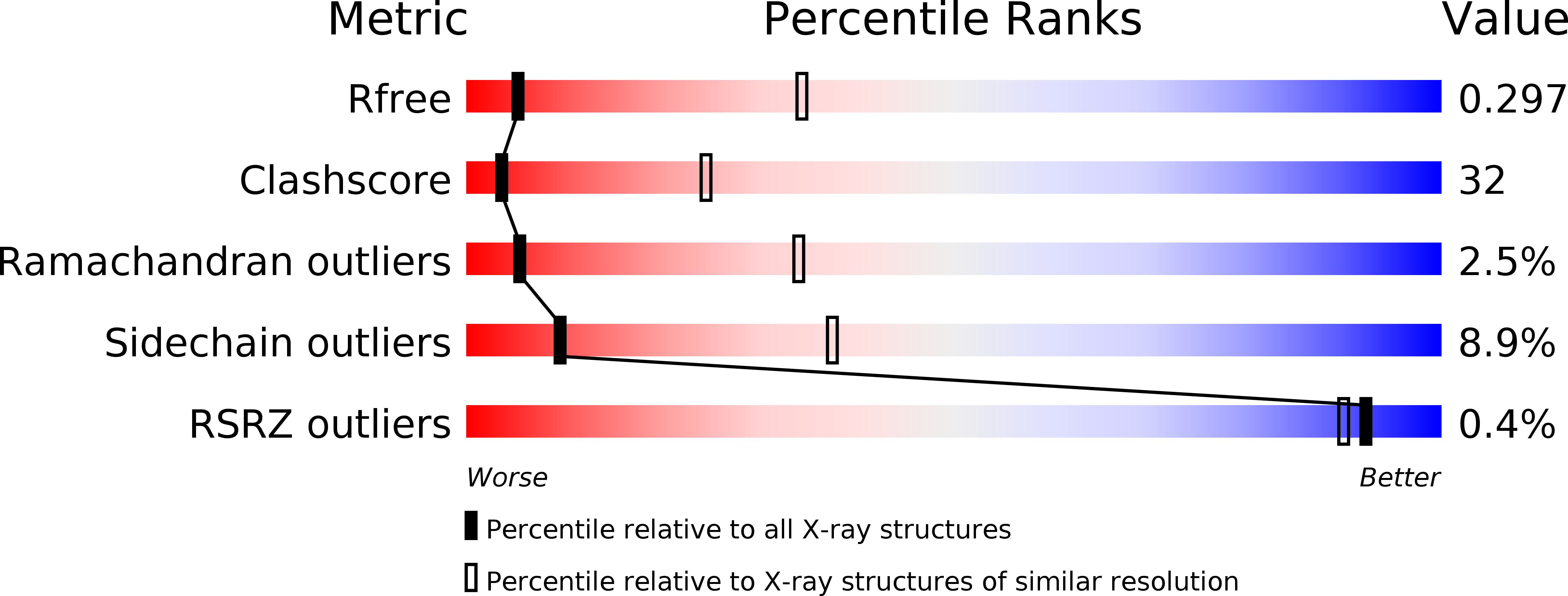
Deposition Date
2008-07-15
Release Date
2009-02-10
Last Version Date
2023-11-01
Entry Detail
PDB ID:
3DTI
Keywords:
Title:
Crystal structure of the IRRE protein, a central regulator of DNA damage repair in deinococcaceae
Biological Source:
Source Organism:
deinococcus deserti (Taxon ID: 310783)
Host Organism:
Method Details:
Experimental Method:
Resolution:
3.50 Å
R-Value Free:
0.31
R-Value Work:
0.24
R-Value Observed:
0.24
Space Group:
P 21 21 2


